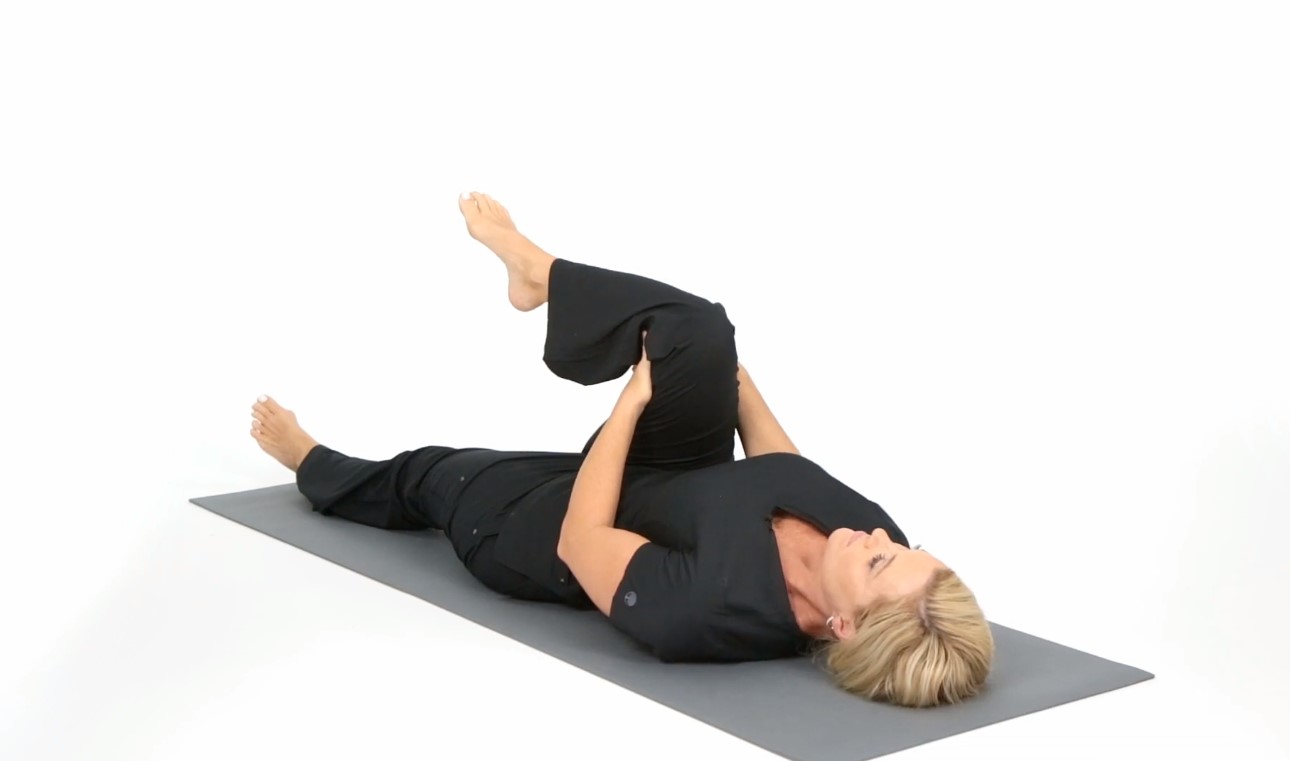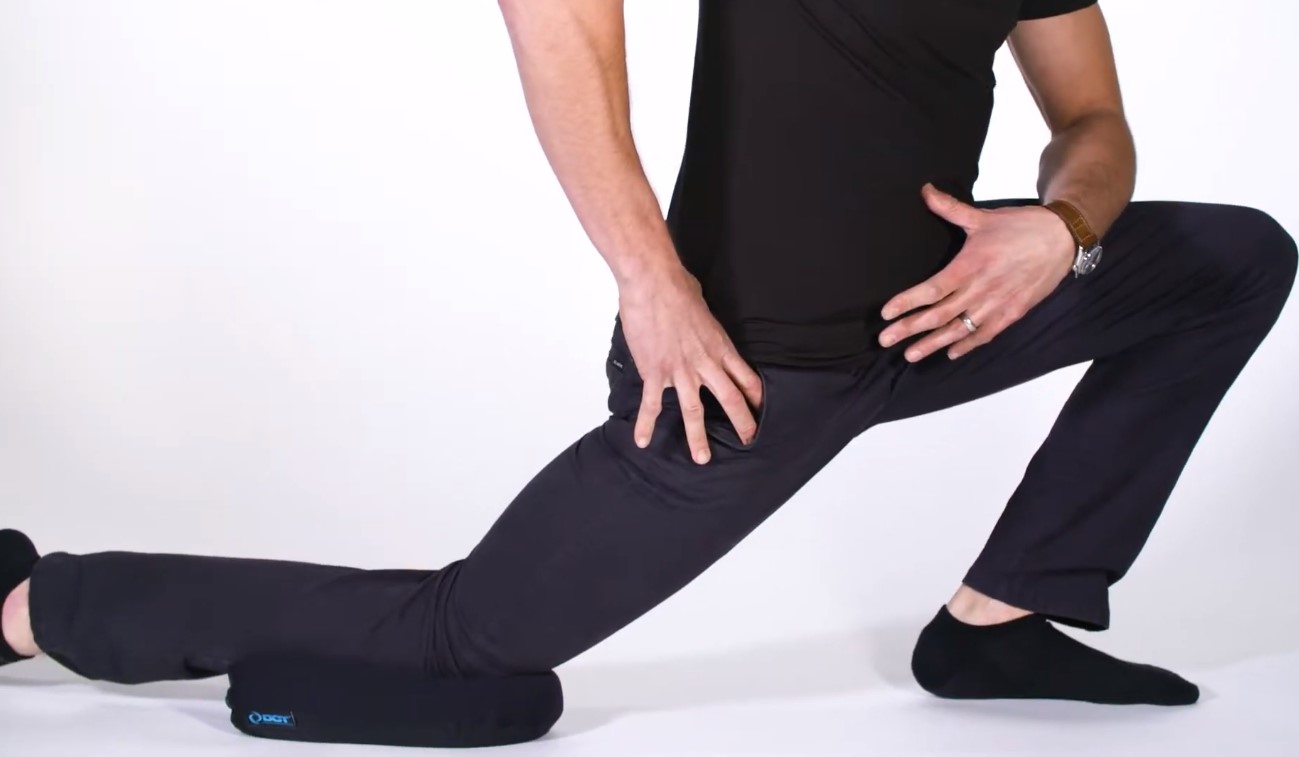By: Wiideman
Lower back pain is an affliction that has many underlying reasons. It could be due to kidney stones or fibromyalgia. But most lower back pain is caused by a sedentary lifestyle and repetitive motions. Luckily these 7 exercises to relieve low back pain will do the trick in most cases.
Some tips before starting
The lower back should be exercised with proper care and safety. These exercises can be done twice a day but if you feel sore or the pain gets worse, don’t hesitate to take a break for a day or two. Pay close attention to your breathing as you exercise. Consult your healthcare provider before starting if you have any injuries or any health concerns.
Use your breathing as a guide. Never overdo. You should breathe comfortably while exercising. Use the best recumbent elliptical you can buy for any weight loss training. Since recumbent ellipticals give support to your back due to the backrest while working out, they are the best exercise machines for people with sore backs.
- Stretching hamstrings

Tight hamstrings impact movement of your pelvis which in turn puts stress on the lower back. This exercise will give you strong, flexible, limber thighs which help support other muscle groups.
- Lie on your back with one leg bent. Grab behind the knee of the other leg and pull up the leg to stretch it upwards.
- Stretch it as much as you can while ensuring the tailbone is on the floor. It is okay if the leg is slightly bent. You should feel the stretch on the back of your thighs and your calves when you pull your toes back
- Hold for 10 seconds and repeat with the other leg.
- Both knees to chest

This exercise increases the range of motion of the muscles in your lower back.
- Lie on your back. Bend both legs so that the knees are near your chest. Hug the knees and try to get them closer to your chest. You can feel the strain on the lower back and thighs the more you stretch.
- Hold for 20 seconds and repeat twice.
- Knees to chest one at a time

This exercise is similar to the above exercise. However, here, the partial weight of the body is used to relax the thigh muscles while correcting the backbone and related muscles.
- Lie on your back and bend one leg and get the knee towards the chest. Hug the knee and try to get it closer to the chest. You can feel the stretch on your hips and thighs.
- Hold the position for 20 seconds and repeat twice with both legs.
- Stretching your psoas

Psoas is the biggest and the most important muscle in your hip flexor. They are heavily used while weight training, running, and cycling.
- Stand straight and move your right leg forward while keeping the left leg back. Bend your right knee while keeping your upper body straight.
- Hold the position for a few seconds and lower the left knee to the floor. Keep your hands on the right knee for support and move the upper body forward.
- Hold the position for about 30 seconds and repeat twice with both legs.
- Stretching your spine

This exercise improves the mobility of your spinal muscles and helps you to maintain a good posture.
- Lie down on your back and stretch your arms perpendicular to your head. Raise your right leg and pull it towards the ground using your hands over your left leg.
- Turn your head slowly to the right. You will feel the stretch on your back and thigh respective to your leg. Ensure your hands are perpendicular to your head all the while.
- Hold the position for about 30 seconds and repeat twice with both legs.
- Stretching your quadriceps

Weak or stiff quadriceps can lead to back or knee pain. This exercise increases blood flow to your quadriceps.
- While standing on your right leg, hold the left foot with your right hand (or both hands). Try to touch your butt with the heel of your right leg. This will stretch your hips, quadriceps, and back.
- Hold the position for about 30 seconds and repeat twice with both legs.
- The pelvic tilt

This simple but effective exercise helps release tight back muscles and maintain flexibility.
- Lie on your back with both the knees bent, feet flat, and arms by your sides. The natural curve in your spine will prevent the lower back from touching the floor.
- Arch your lower back gently and push the stomach out to stabilize the core. Hold this position for about 10 seconds and relax.
- Push your pelvis slightly up while ensuring it does not leave the floor. Tighten your abdomen and buttocks simultaneously. Feel your lower back pressing into the floor.
- Hold the position for about 10 seconds and relax. You can start this exercise with 10–15 repetitions daily and build up to 25–30 as you get stronger.
Some parting shots
You’ll need to perform the above exercises regularly for around a week or two to feel changes. Don’t overdo or be in a hurry to finish these exercises as quickly as possible. Doing so will only be detrimental. Invest in a good exercise mat and dedicate separate time in your schedule for doing these exercises. When in pain, always check with your healthcare provider.
A true love for health


Recent Comments